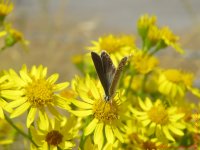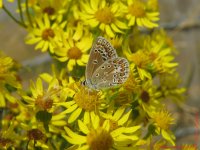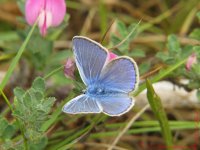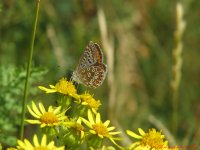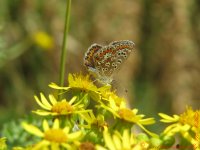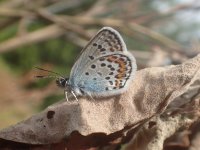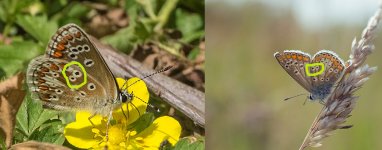DoghouseRiley
Well-known member
After a family holiday in Wales, I have returned with photos and I need help confirming identification:
1 & 2 - Due to the lack of a spot on the forewing, near the body. I see this as a Brown Argus?
3 - Male Common Blue?
4 & 5 - Female Common Blue?
Thanks
Gareth
1 & 2 - Due to the lack of a spot on the forewing, near the body. I see this as a Brown Argus?
3 - Male Common Blue?
4 & 5 - Female Common Blue?
Thanks
Gareth




